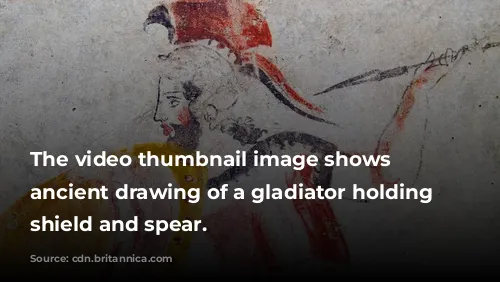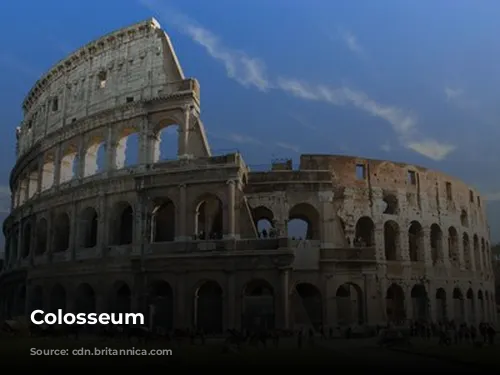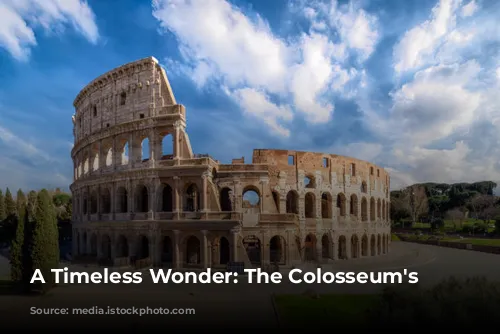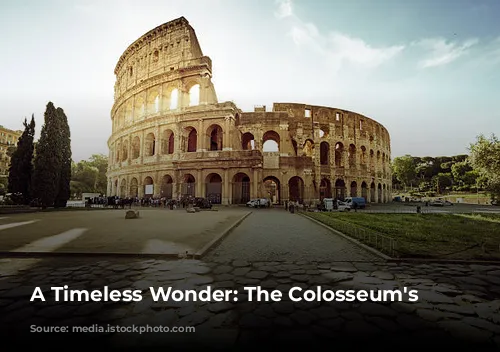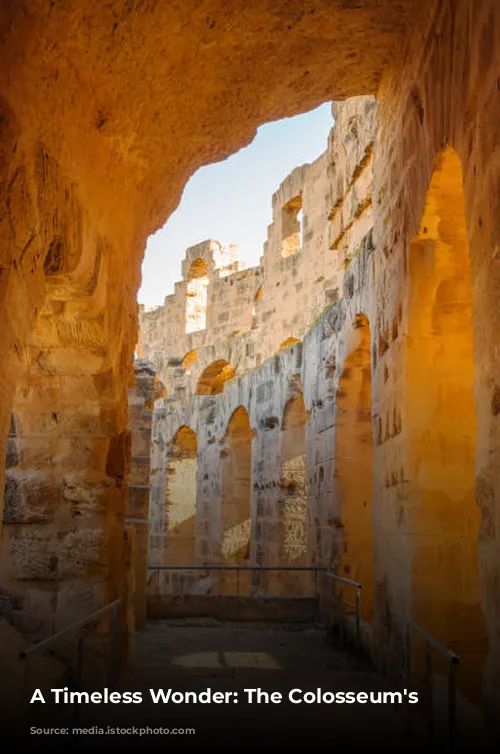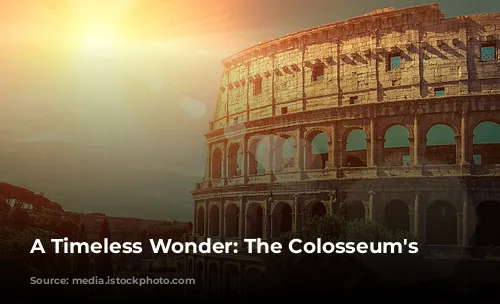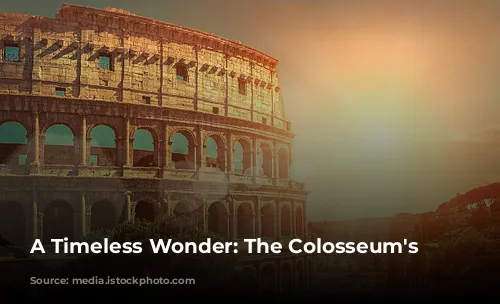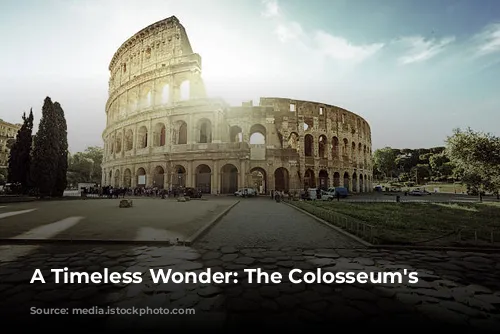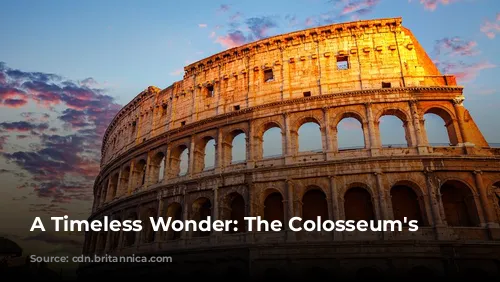Imagine a magnificent structure, standing as a testament to the Romans’ architectural brilliance and engineering prowess. This is the Colosseum, one of the few well-preserved remnants of the Roman Empire. It’s not just a historical marvel; it’s also a major moneymaker for Italy, attracting millions of tourists each year. In 2018 alone, the Colosseum, the Roman Forum, and Palatine Hill generated over $63.3 million (€53.8 million), making it Italy’s top tourist attraction.
This iconic landmark has seen it all. After the fall of the Western Roman Empire, it fell into disrepair. In the 12th century, it was repurposed as a fortress by powerful families, the Frangipane and Annibaldi. The 15th century saw Pope Alexander VI allow the Colosseum to be used as a quarry, its stones being used for other projects. This neglect lasted for over a thousand years until restoration efforts, funded by the government, began in the 1990s.
A Monument to Entertainment and Power
The Colosseum’s creation was part of a grand plan by the Roman emperors to revitalize Rome after the turbulent year of the four emperors in 69 CE. Emperor Vespasian, like other emperors, envisioned the Colosseum as an entertainment venue. It was designed to host gladiatorial combat, animal hunts, and even mock naval battles, showcasing the empire’s might and entertaining the masses.
The Colosseum’s construction began under Emperor Vespasian between 70 and 72 CE. It was finally dedicated in 80 CE by his son and successor, Titus. The fourth story of the Colosseum was added by Emperor Domitian in 82 CE. Notably, the Colosseum’s construction was funded by the spoils from Titus’s conquest of Jerusalem in 70 CE, and it was built by enslaved Jews from Judaea.
A Monumental Structure
The Colosseum, also known as the Flavian Amphitheatre, is an elliptical structure built of stone, concrete, and tuff. It stands four stories high, measuring a whopping 620 by 513 feet (189 by 156 meters). The Colosseum could accommodate up to 50,000 spectators, making it one of the largest arenas in the ancient world. It was famously used for gladiatorial combat, showcasing the brutality and spectacle of Roman entertainment.
The Colosseum’s location was strategically chosen. It was built on the grounds of Nero’s Golden House, east of the Palatine Hill. The artificial lake, once the centerpiece of Nero’s palace, was drained, and the Colosseum was built in its place. This was a symbolic move, as Vespasian, who came from humble beginnings, replaced the tyrannical emperor’s private lake with a public amphitheater that could host tens of thousands of Romans.
The Colosseum’s Architecture
The Colosseum’s construction was a marvel of engineering. Unlike previous amphitheaters, which were often built into hillsides for support, the Colosseum was a freestanding structure made of stone and concrete. It relied on a complex system of barrel vaults and groin vaults to support its massive weight. The exterior was adorned with three stories of arcades, framed by engaged columns in the Doric, Ionic, and Corinthian orders. This rising arrangement of columns became a cornerstone of Renaissance architecture.
The Colosseum’s main framework and facade were made of travertine, while the secondary walls were built using volcanic tufa. The inner bowl and arcade vaults were made of concrete, showcasing the Romans’ innovative use of materials.
A Venue for Spectacle
The Colosseum was designed to be a breathtaking spectacle. It seated around 50,000 spectators, who were protected from the sun by a massive retractable awning known as a velarium. This awning was supported by masts extending from corbels built into the Colosseum’s top story. Hundreds of Roman sailors were needed to manipulate the rigging that raised and lowered the velarium.
The Colosseum hosted a wide range of events, from gladiatorial combat and animal hunts to mock naval battles. While the Colosseum’s role in the martyrdom of early Christians is uncertain, it remains a place deeply intertwined with Roman history and culture.
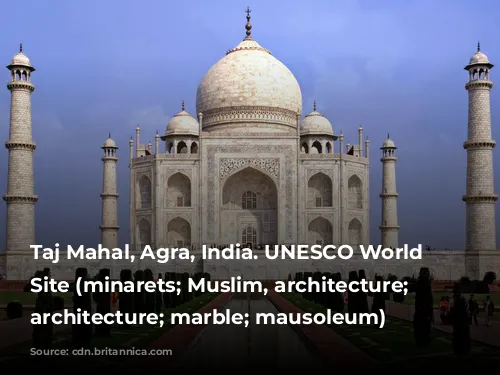
From Glory to Ruin and Back
The Colosseum’s fate changed dramatically after the fall of the Roman Empire. It was used as a church, then a fortress by powerful families, and eventually, a quarry. For centuries, the Colosseum was neglected, and its marble seats and decorative materials were stripped away. The site became a source of building materials, and its grandeur was slowly eroded.
Fortunately, preservation efforts began in the 19th century. Pius VIII led notable efforts, and a comprehensive restoration project was launched in the 1990s. The Colosseum has become one of Rome’s most popular tourist attractions, welcoming millions of visitors each year. Regular exhibitions showcasing ancient Roman culture further enhance its appeal.
The Colosseum stands as a powerful symbol of Rome’s past and its enduring legacy. This monumental structure has weathered the storms of time, serving as a reminder of the Romans’ ingenuity, their love of spectacle, and their lasting impact on the world.
